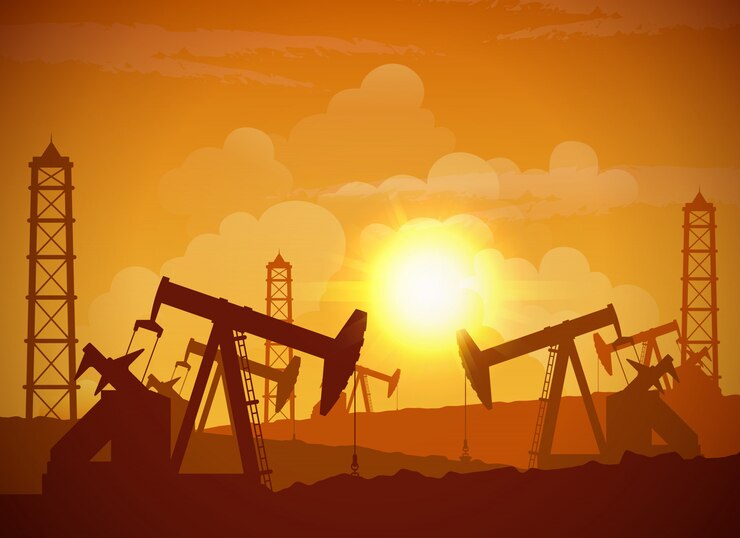Navigating the Currents: Key Trends in the Energy and Gas Sectors
In the ever-evolving landscape of energy and gas, 2023 has been marked by shifts, transformative technologies, and strategic endeavors. As diplomatic resources strive to stay ahead, understanding these key trends is important. Today we explore the notable trends shaping the industry and their implications for global diplomatic strategies. 1. Sustainable Energy Transition: Nations are intensifying efforts to transition towards cleaner alternatives. Reputable institutions such as the International Energy Agency (IEA) emphasize the need for robust policies to accelerate the shift to renewable energy sources. Governments are increasingly investing in solar, wind, and hydroelectric projects, aligning with global goals for carbon neutrality. 2. Hydrogen Emerges as a Key Player: Hydrogen has witnessed a surge in interest and investment. Governments and private entities are focusing on green hydrogen production, leveraging renewable energy sources. The Hydrogen Council’s insights into the potential of hydrogen in decarbonizing industries underscore its significance in the energy transition. 3. Digitalization and IoT Integration: The integration of digital technologies and the Internet of Things (IoT) has reshaped the operational landscape of energy and gas infrastructure. Smart grids, predictive maintenance, and real-time monitoring are enhancing efficiency and reliability. The World Economic Forum’s exploration of the Fourth Industrial Revolution sheds light on the transformative role of digitalization. 4. Resilience Against Cyber Threats: As critical energy infrastructure becomes increasingly connected, the risk of cyber threats rises. Heightened cybersecurity measures are crucial to safeguarding operations. The International Atomic Energy Agency (IAEA) provides guidelines on enhancing nuclear security, highlighting the importance of global collaboration to mitigate cyber risks. 5. Geopolitical Shifts in Energy Supply Chains: The geopolitical landscape has wielded its influence over energy supply chains, impacting global diplomacy. The Council on Foreign Relations; analysis of energy geopolitics delves into the complex interplay of political dynamics, resource accessibility, and market forces. 6. Energy Storage Advancements: In the pursuit of reliable and sustainable energy, breakthroughs in energy storage technologies have gained prominence. Advancements in battery storage and grid-scale solutions are transforming the energy landscape. The Rocky Mountain Institute’s insights into the future of energy storage offer valuable perspectives on industry trends. 7. Accelerated Exploration of Green Financing: Green financing has emerged as a pivotal force driving sustainable projects. The Green Climate Funds commitment to mobilizing financial resources for climate action underscores the global momentum towards green finance. Governments and businesses are increasingly aligning their investments with environmental objectives. 8. Emphasis on Circular Economy in Gas Sector: In the gas sector, the concept of the circular economy is gaining traction. Repurposing and recycling waste gases, as advocated by the Ellen MacArthur Foundation, are becoming integral to minimizing environmental impact and promoting a more circular gas economy. 9. Energy Diplomacy and Collaborative Frameworks: Diplomatic efforts are increasingly focused on energy cooperation and collaborative frameworks. Organizations like the International Renewable Energy Agency (IRENA) play a pivotal role in fostering international cooperation, knowledge sharing, and joint initiatives for a sustainable energy future. 10. ESG Integration in Energy Investments: Environmental, Social, and Governance (ESG) considerations have become central to energy investments. Investors are scrutinizing companies' commitment to sustainability. The World Business Council for Sustainable Development offers guidance on integrating ESG principles into business strategies. In conclusion, the energy and gas sectors in 2023 are defined by a commitment to sustainability, technological innovation, and collaborative diplomacy. Diplomatic resources continues to adapt to these transformative trends, fostering international cooperation and strategic alliances to address global energy challenges. As we approach the year-end, the stage is set for a future where responsible energy practices and diplomatic collaboration shape a sustainable world.
Navigating the Currents: Key Trends in the Energy and Gas Sectors Read More »

